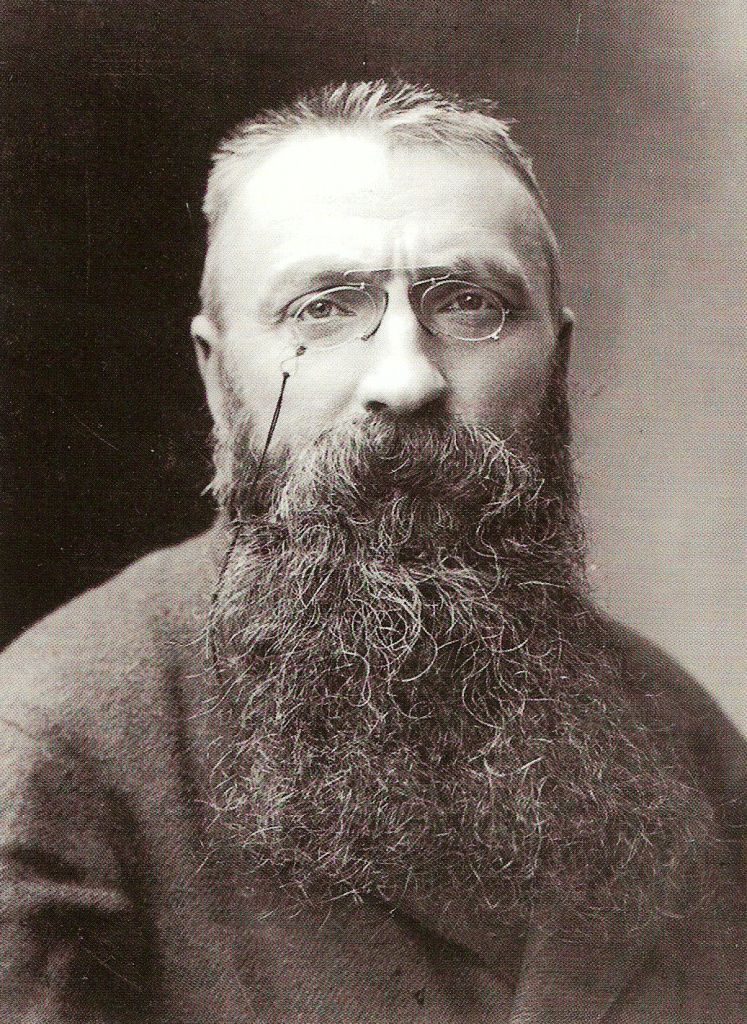
Photo Credit: Musée Rodin 
Photo Credit: Wikimedia Common
Auguste Rodin grew up in Paris as the child of an inspector and former seamstress. He began in the arts early on, attending Petit École for decorative arts. He was later rejected from the prestigious École des Beaux-Arts. Instead, he became the apprentice of successful Parisian sculptor, Albert-Ernest Carrier-Belleuse. This would prove to be an incredibly influential period of his life and the birthplace of his fundamental skills. Here he worked for many years, moving from Paris to Brussels at a point during the Franco-Prussian War of 1870-71.
During his time in Belgium, he began to advance his own work. Though they still bore the influence of Carrier-Belleuse, the pieces were still his. In 1876, during a road trip to Italy, he discovered his adoration of medieval French architecture, upon which he based some of his most famous works (The Bronze Age, Adam, Saint John the Baptist.) With his early works, Rodin initially stirred controversy and criticism from the Parisians, however this was soon replaced with appreciation. He was subsequently commissioned multiple times by the French government to create works and monuments, including those of important cultural figures, Victor Hugo and Honoré de Balzac.
Auguste Rodin’s early influences were from French eighteenth-century art, later Michelangelo and Donatello, consistently Greek mythology, and later still The Flowers of Evil and Inferno by Baudelaire and Dante respectively.
Today the Met holds close to fifty of his sculptures while The Musée Rodin, a space requested by Rodin of the French government, holds the majority of his work.
